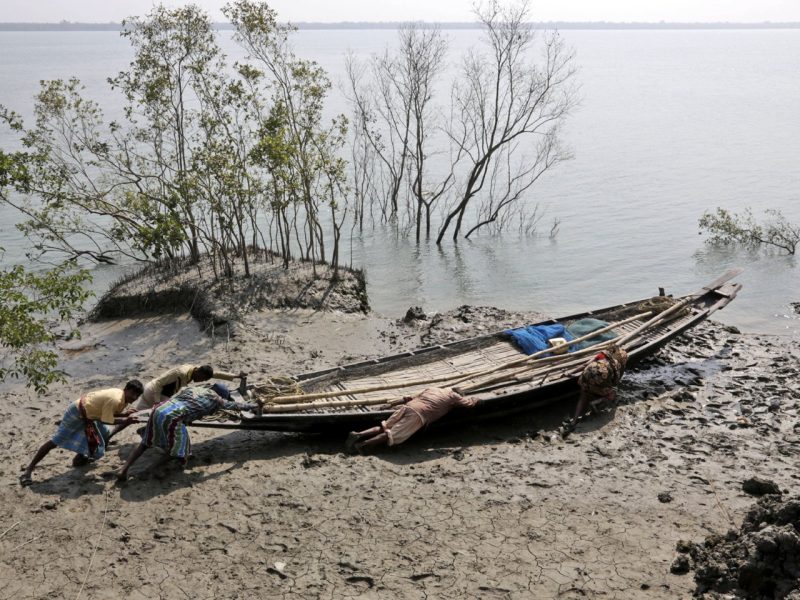14 Thousands Square kilometer Area will Disappear

Ashik Rahman: 14 thousand square kilometers of the Indian subcontinent will disappear for one meter of sea level increases. And six meters increases will absorb the coastal area of 60 thousand square kilometers for global warming matter.
Increasing global warming greenhouse effect’s, Sea levels if the water level rises by one meter. The Indian subcontinent coastal area about 14 km from the sea fishes are very vulnerable. A group of scientists in the study was asked to report on. The way they have been attributed to climate change.
Sea level will rise because of sea temperatures increase, glaciers, and ice neck and ice memoranda down. Numerous reports warned that one-meter water level increases of 48 ecoregions that crash is 18 which is Krishna, godabari badabanera quarter. Destroying UNESCO World Heritage area, Sundarbans and Gujarat saltwater of the shore half. The level of the six-meter does lead to the drowning that is at risk of 7 ecoregions.
The sea level of one meter increases the damage of the species could not appear. But drowning is seven protected areas including Orisara inside the cell, Silika Lake, Point kayalimeyara Island, Interview Island, lothiyana Island, and the sajanekhali. This disaster will be lost in the hundreds of rare species those are living in down the coast ecosystem operation. The Bay of Bengal and the Arabian Sea coast have been saved and the unsaved biodiversity of the area in endanger.
Sea level rises if the country’s risk the most, the top has a geographically from the low lying terrain Bangladesh. Most vulnerable in the face of the cit, Global banks, according to water level 14 centimeters increases for two people endanger those who live in the 700 kilometers long low lying coastal areas. Climate change impacts will be 47 million dollars to prevent the government of Bangladesh. It has two major projects, which is a coastal area and builds a thicker lawn.
The main cause of global warming, fossil fuels produce carbon-die-oxide and greenhouse gas. Greenhouse gas increases the temperature of the earth’s surface which is a major global warming threat.
Photo Courtesy: CBS News

